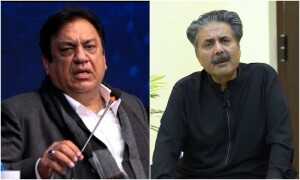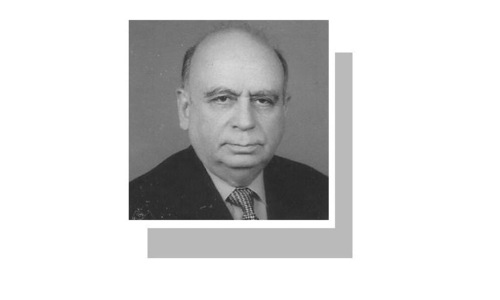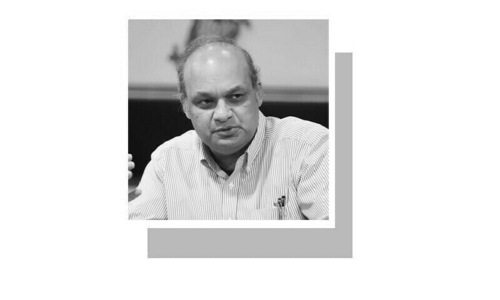THE most striking aspect of the figures recently released by the ECP is the 36pc increase in the number of women voters in the tribal areas — the highest in any demographic across Pakistan. In fact, Fata as a whole has registered the highest increase in the number of people eligible to vote. Of the 97m now registered as voters — up from 86.1m four years ago — 23pc are from the tribal areas. The numbers that comprise the electorate are calculated by Nadra on the basis of CNIC details on its database and the names verified by the ECP before it finalises the electoral rolls. The increase in voters from Fata, including women, can be explained by the travails of the tribal population due to internal displacement induced by military operations in their native areas. Firstly, registration in the relief camps in KP was contingent upon the possession of CNICs, a technicality that caused many women-headed households considerable difficulty in accessing services, including cash grants. Secondly, with the cessation in kinetic operations up north, many Fata residents are making their way back home and CNICs are mandatory for receiving the compensation packages — sometimes targeted at the women — announced by the government.
However, the inclusion of so many more Fata women in the national database will not necessarily translate into a presence at the hustings, for they procured CNICs as a matter of economic necessity, that too in a context which was a departure from the norm. Such an ‘aberration’ in the eyes of many among their male compatriots may have been ‘tolerated’ under those circumstances, but the full weight of tradition is likely to assert itself when it comes to women exercising their right to vote. There are many instances of female disenfranchisement as a result of collusion, more tacit of late, between local chapters of various political parties. The huge spike in the numbers of women from Fata who are now in possession of CNICs also indicates how many of them have thus far remained excluded from the decision-making process of selecting their representatives. The ECP should push leaders of political parties to direct their local chapters to motivate these women to vote, and persuade men of the importance of their doing so. Moreover, if women’s votes comprise less than 10pc of the total cast in a constituency, the electoral watchdog should exercise its discretion and declare the polling void.
Published in Dawn, October 11th, 2017









































